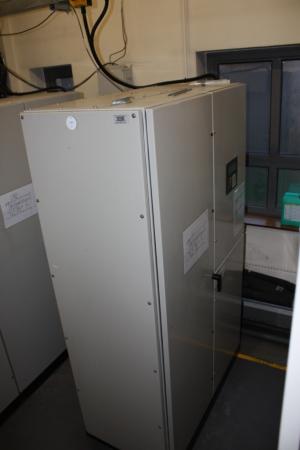Key learning point:
Although an upfront expense, upgrading older water treatment systems offers significant environmental and financial savings. Furthermore, the upgrade saves nursing time and offers returns to the renal unit’s budget.
This project brought together the renal team with the Trust Patient Service Manager, the Deputy Director and Director of Estates, the Director of Finance, and the Procurement Department demonstrating the value of multidisciplinary approaches to sustainable healthcare initiatives.
Setting/Patient Group: Bradford Teaching Hospitals NHS Foundation Trust
Issue to be addressed: Only two out of four water treatment systems used in the dialysis unit had a ‘water saving’ feature, with the other two wasting approximately 70% more reject water to drain.
Intervention: Upgrade of the two water treatment plants
Outcome:
Social:
- Nursing time no longer required for heat disinfection.
Environmental:
- 8.42 tonnes CO2e saved annually (Estimated)
- 8 million litres of water saved annually
Economic:
- £60,000 initial capital outlay cost
- £18,000 actual annual saving
- 20% of savings are returned to the renal department budget

Please log in or sign up to comment.